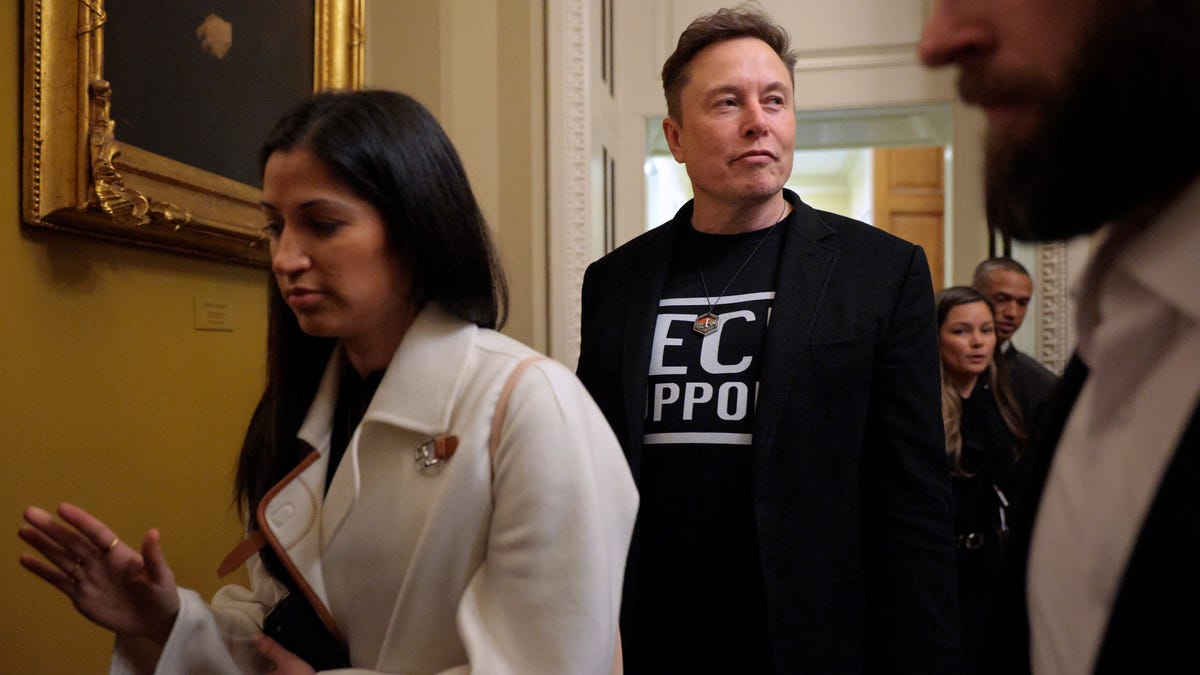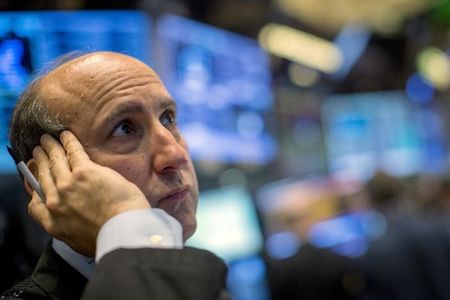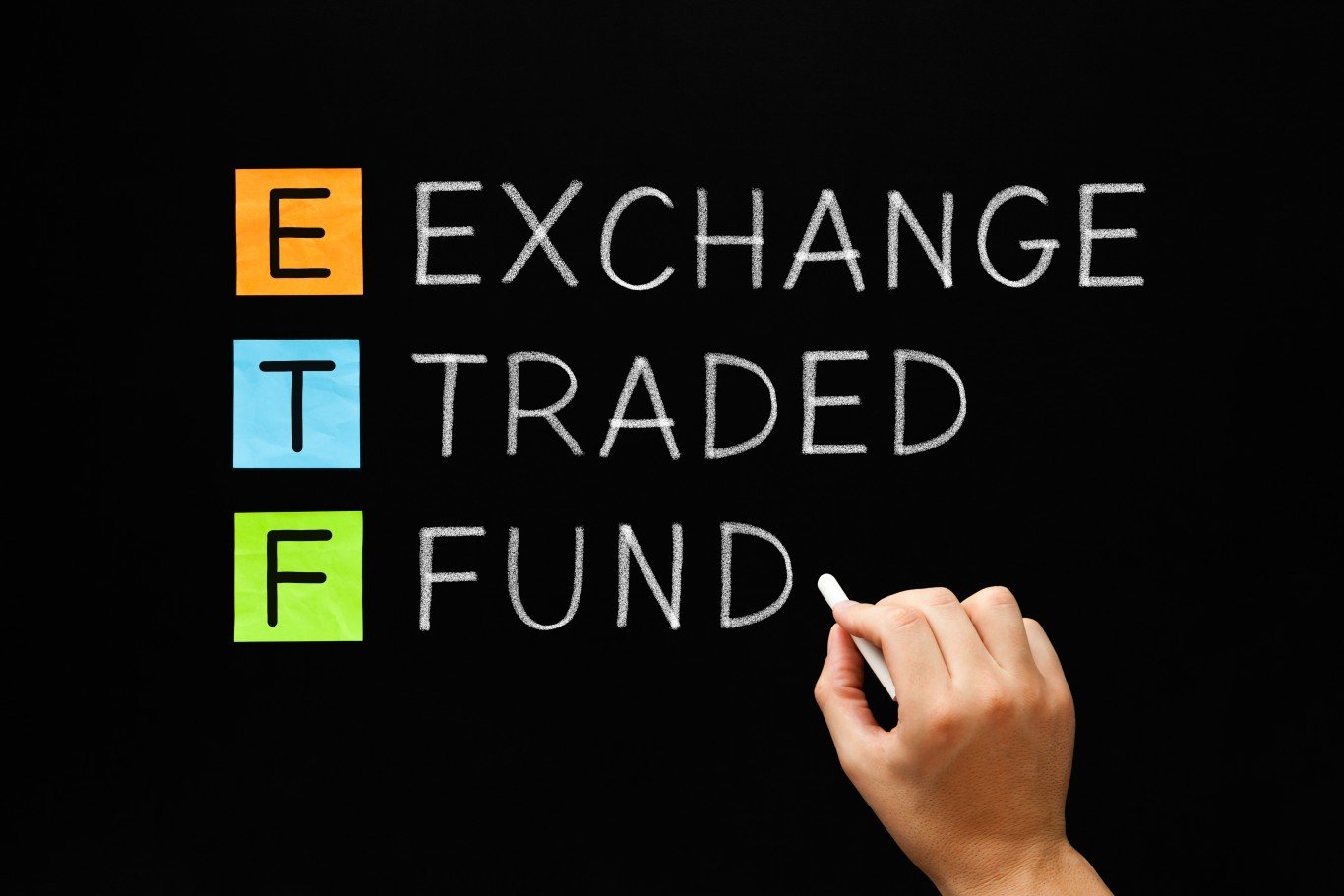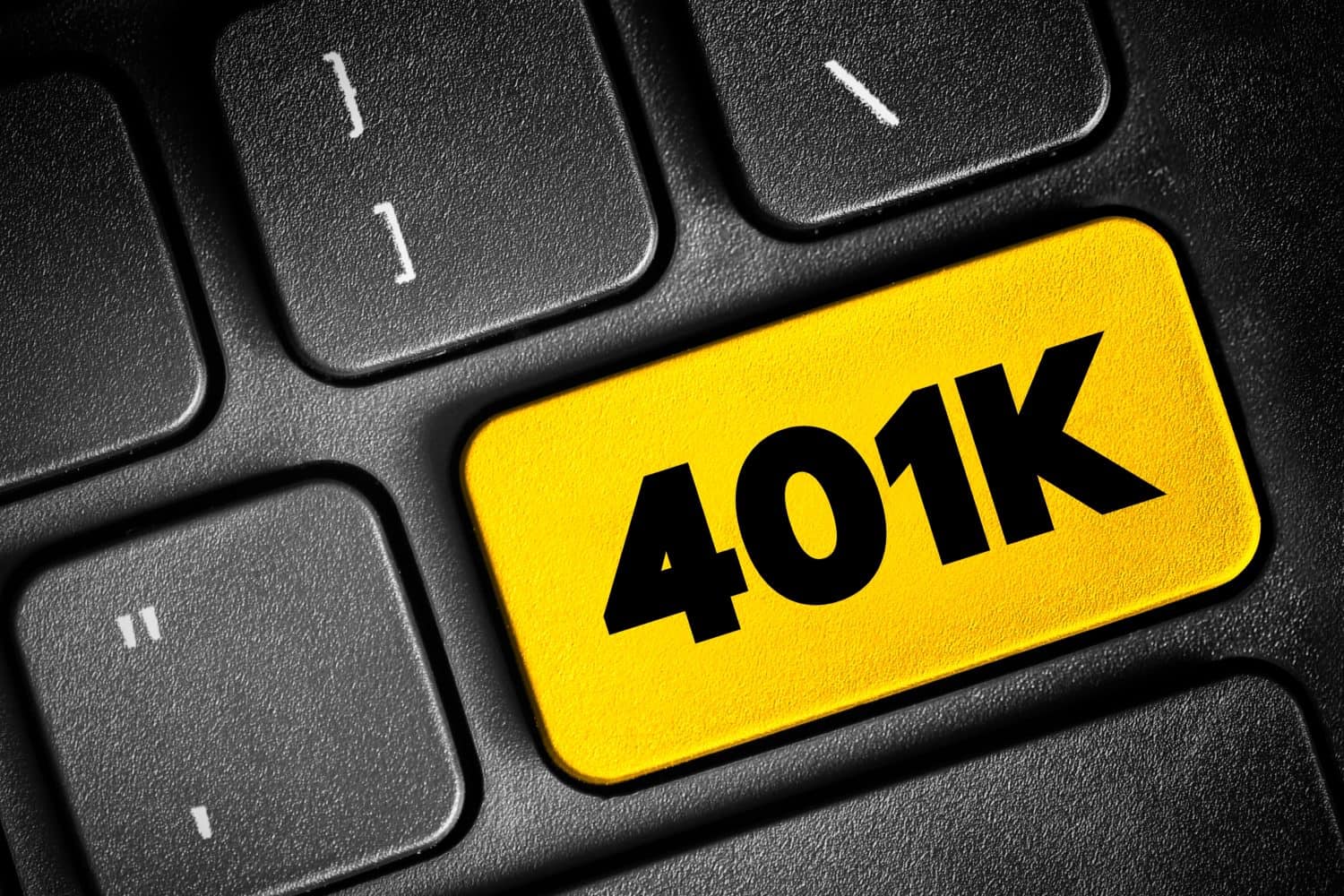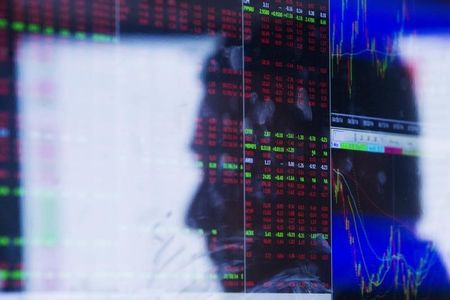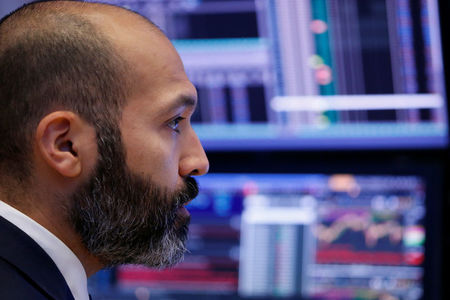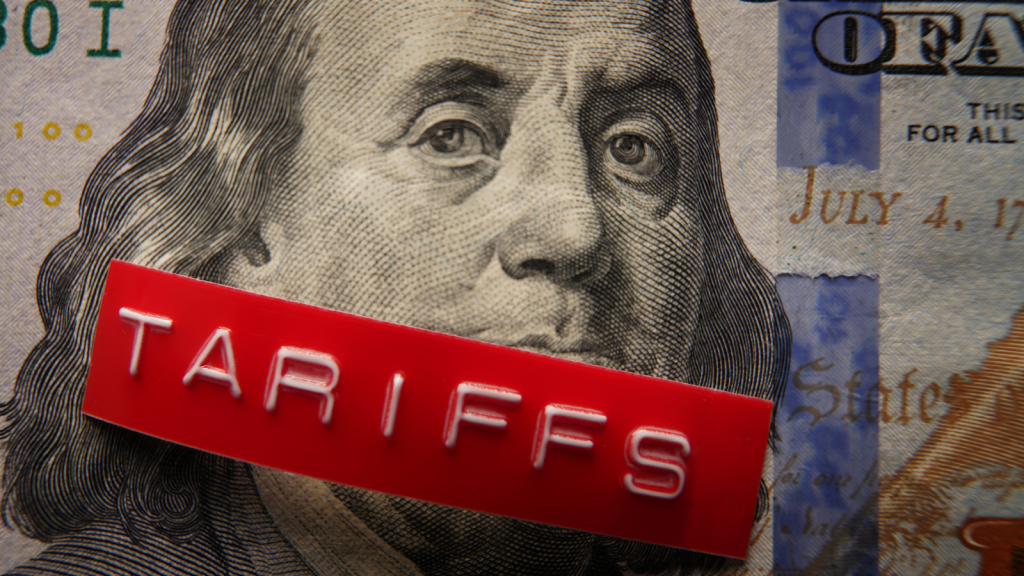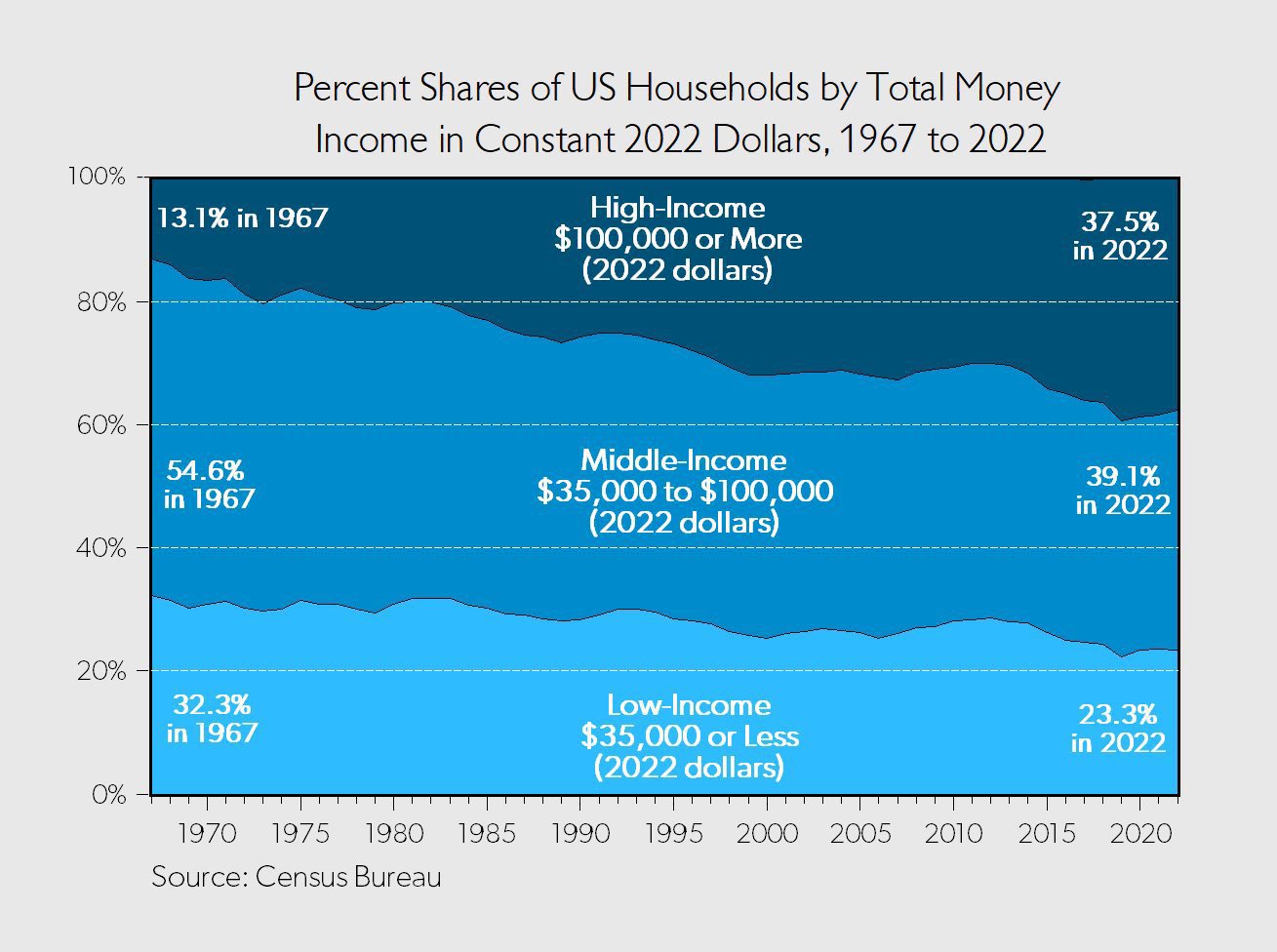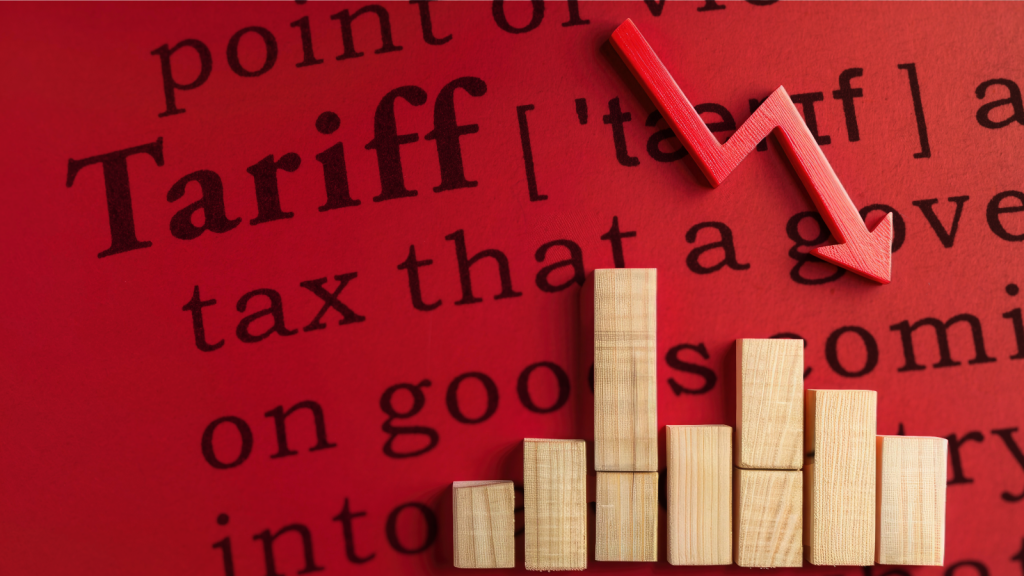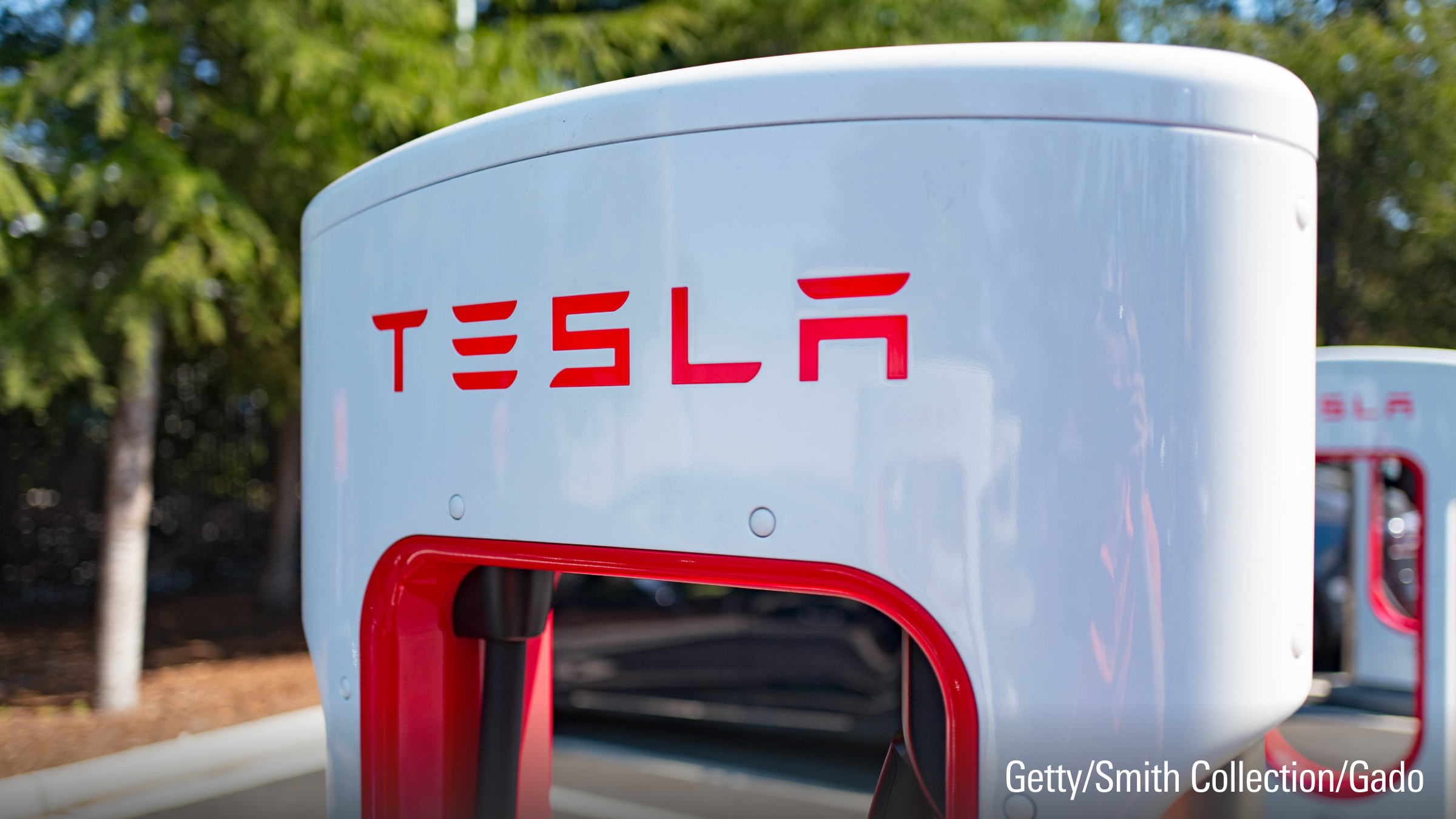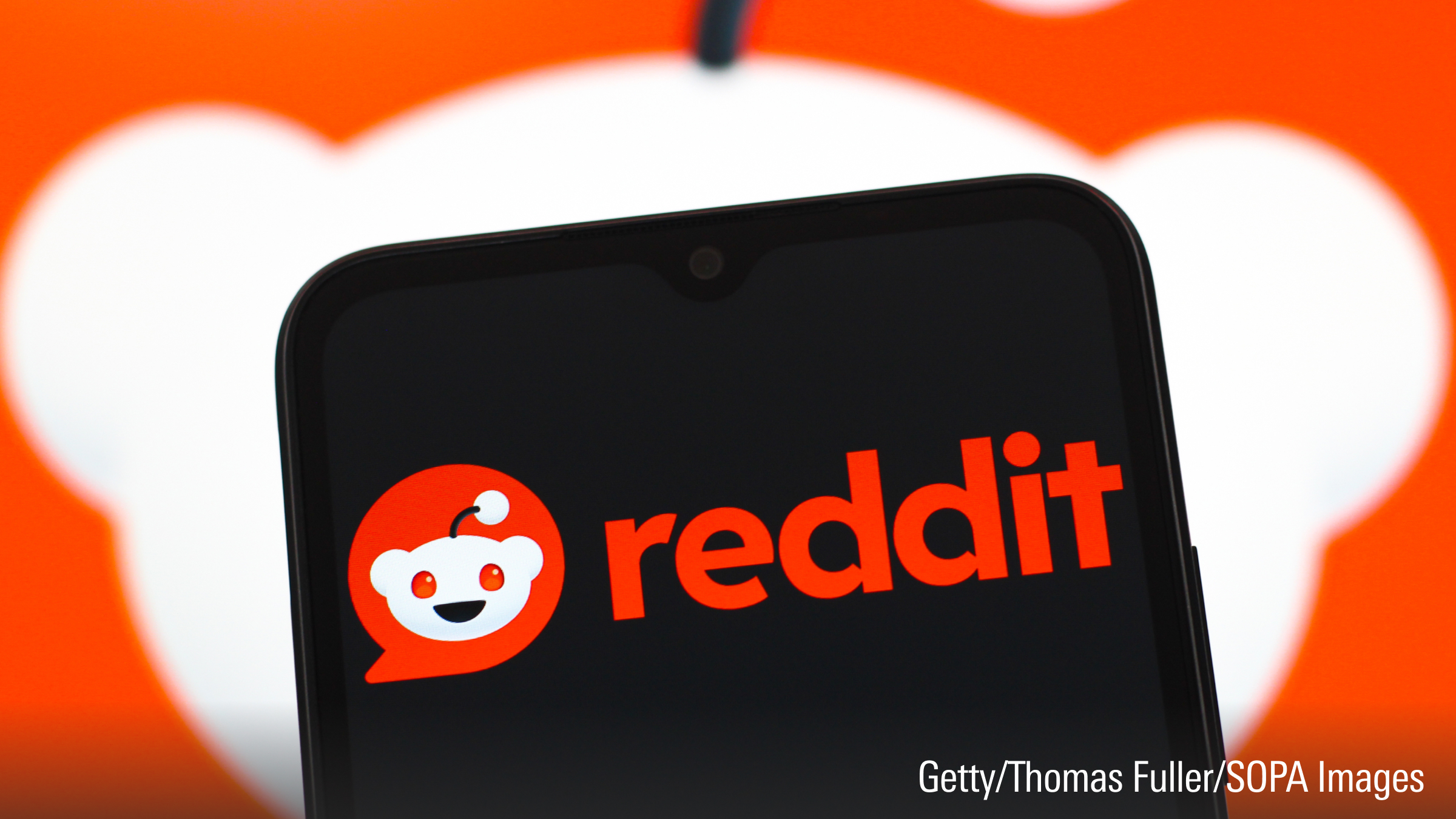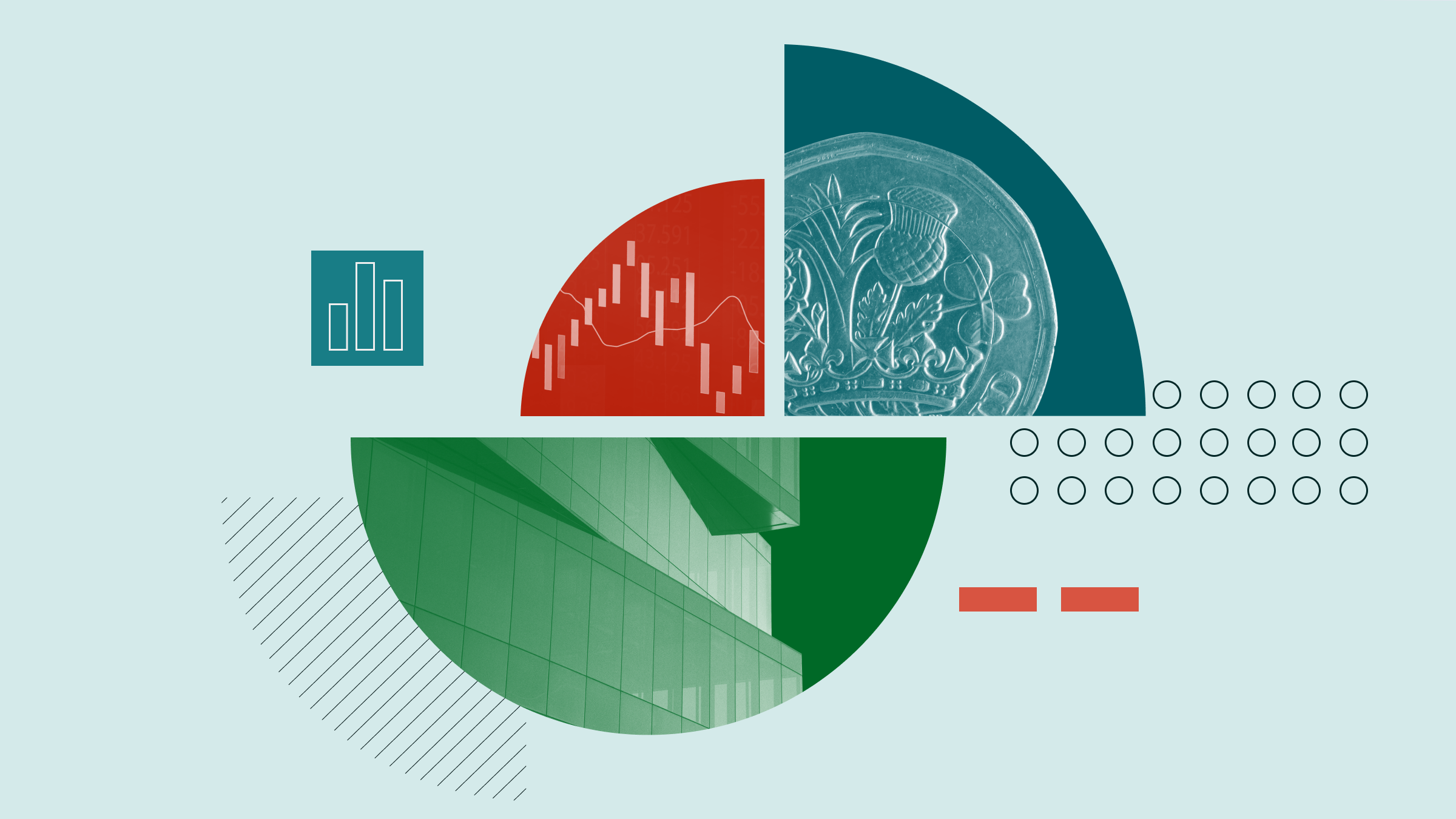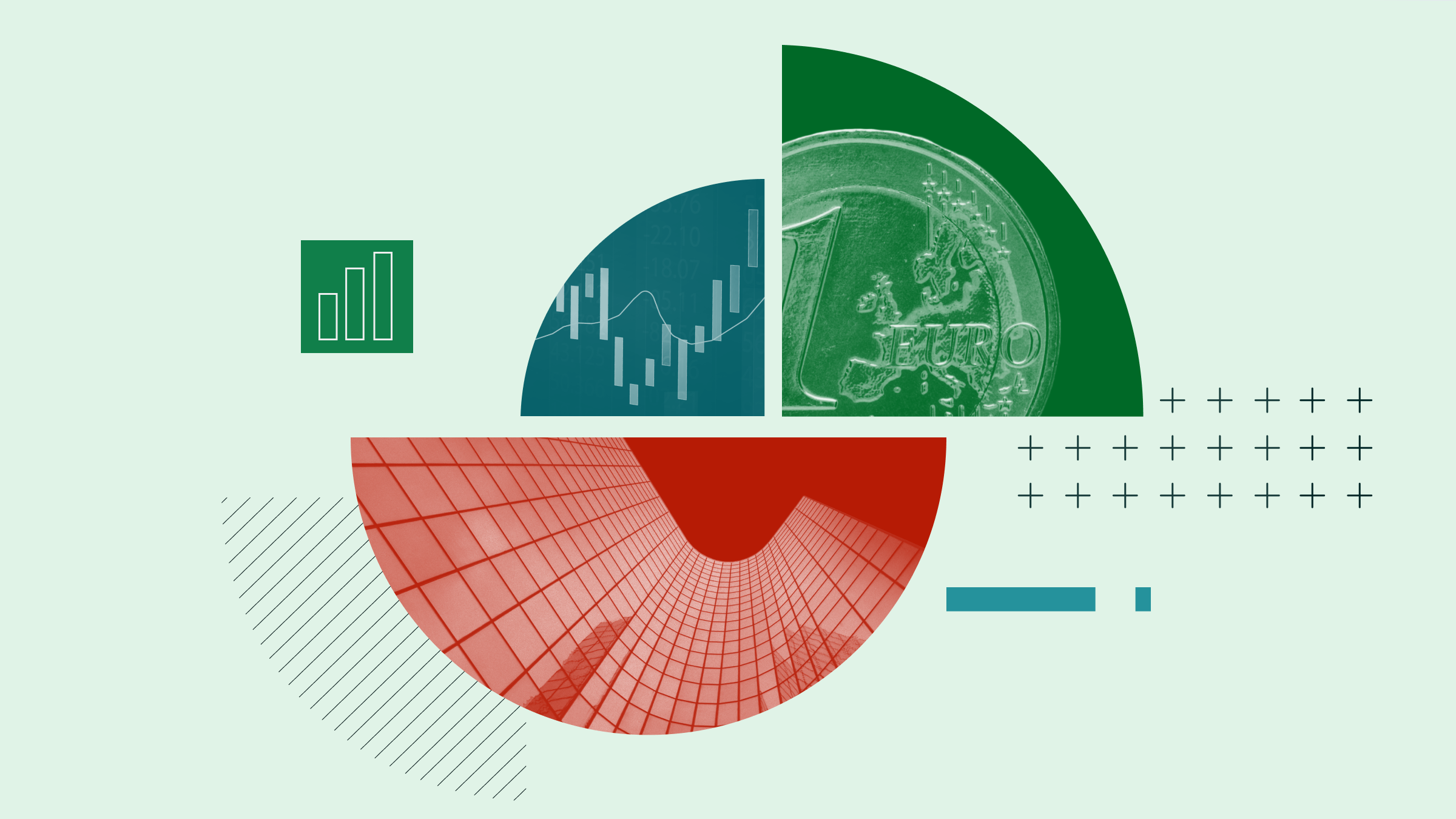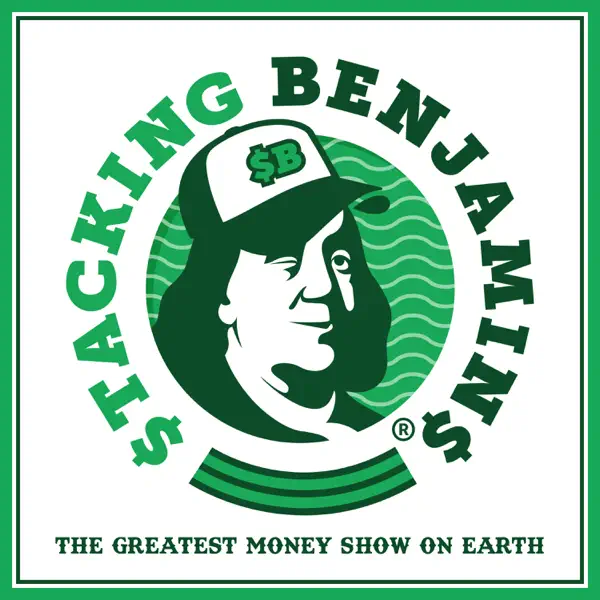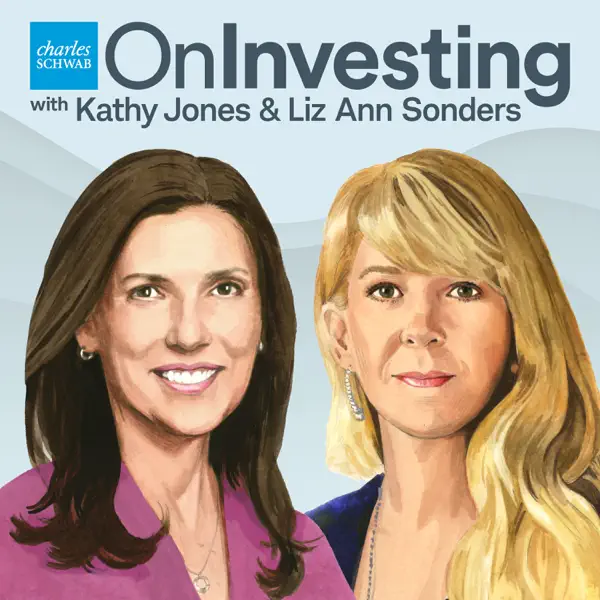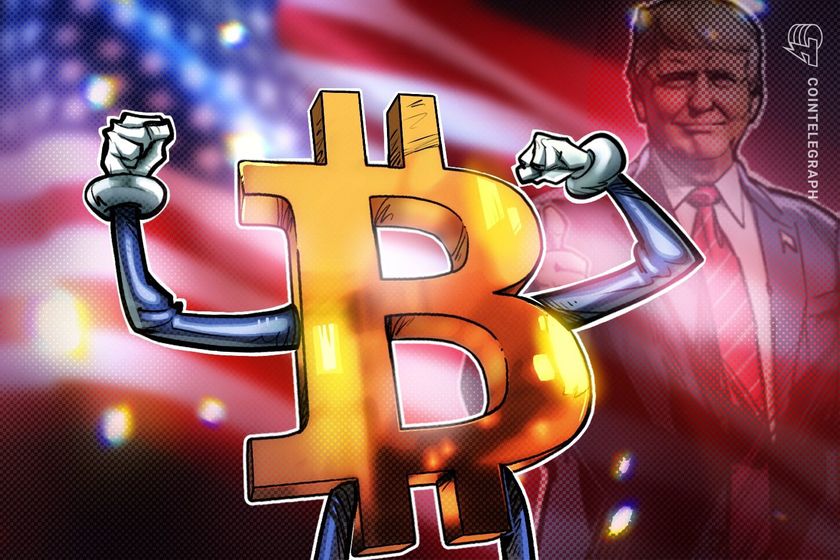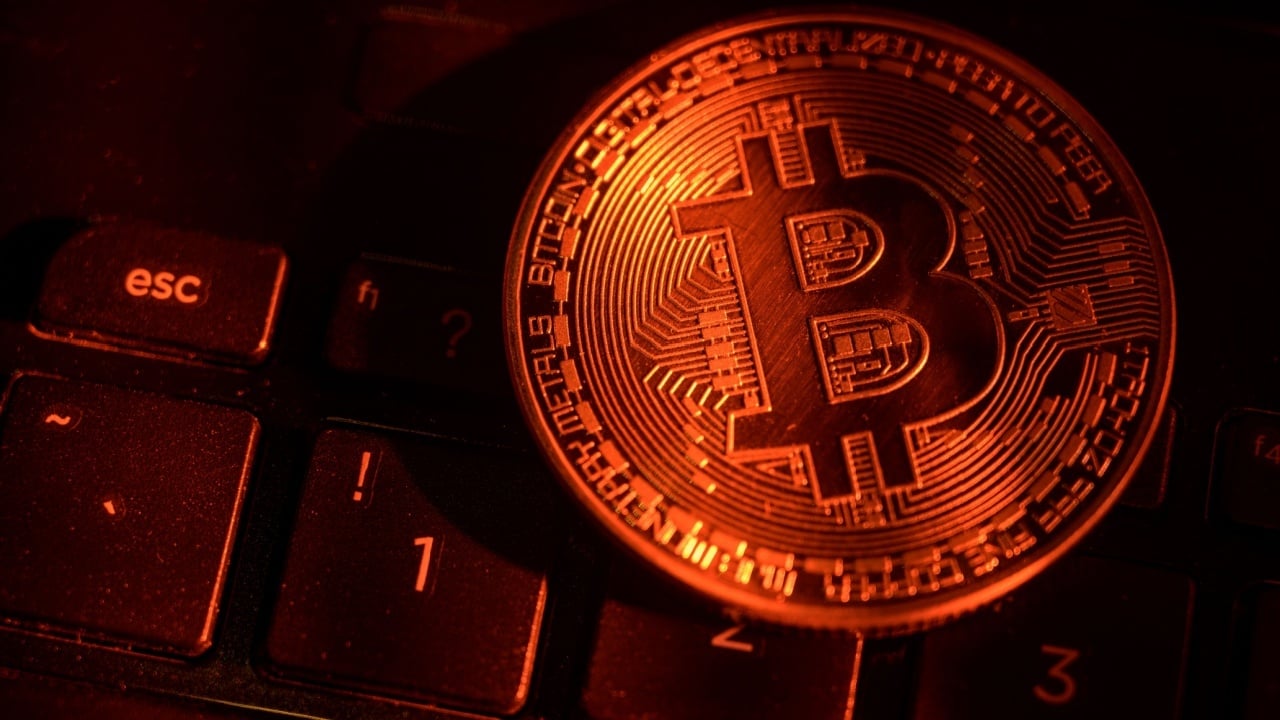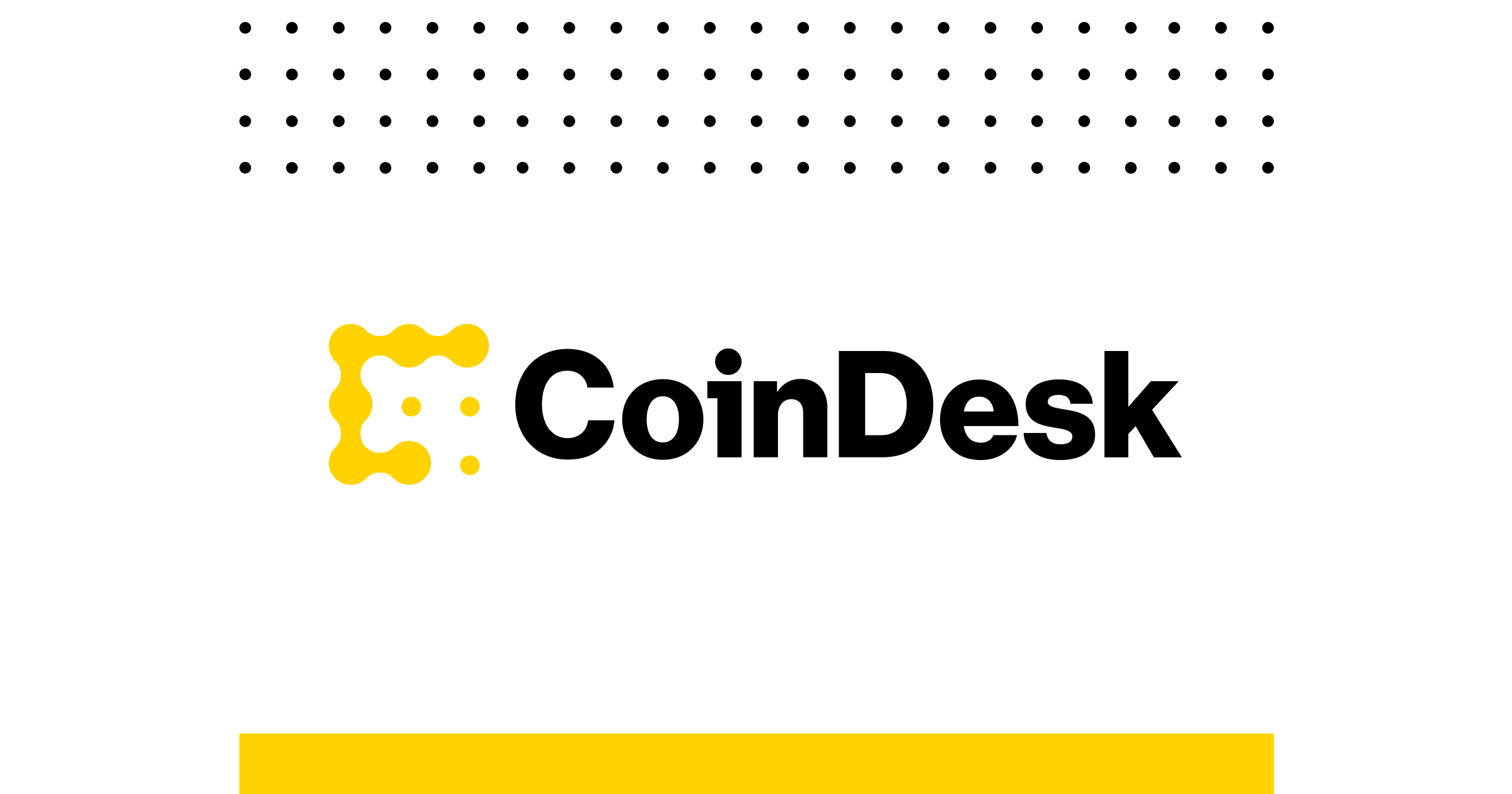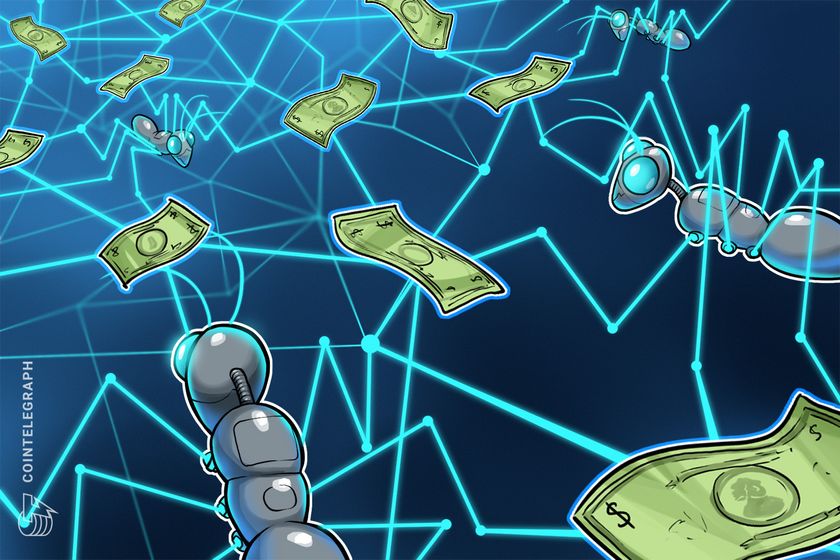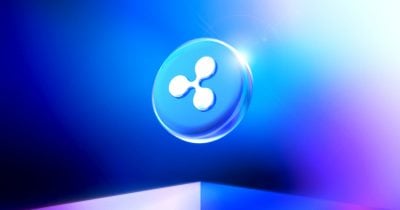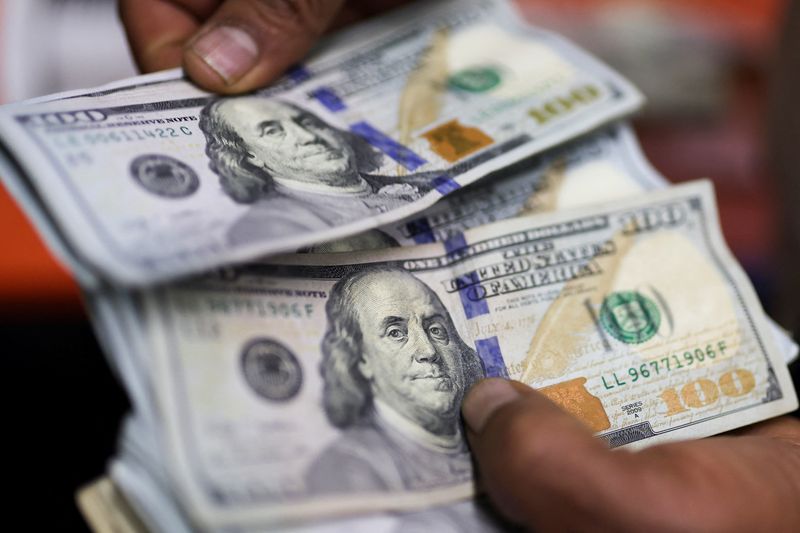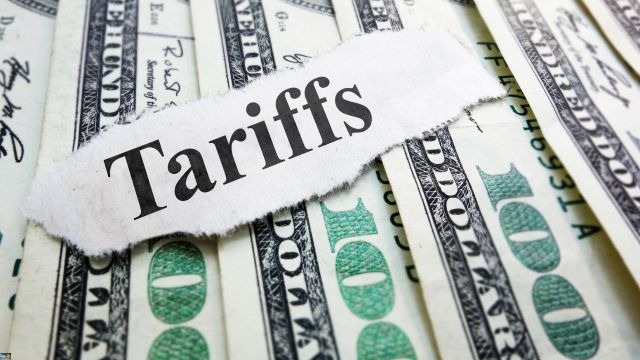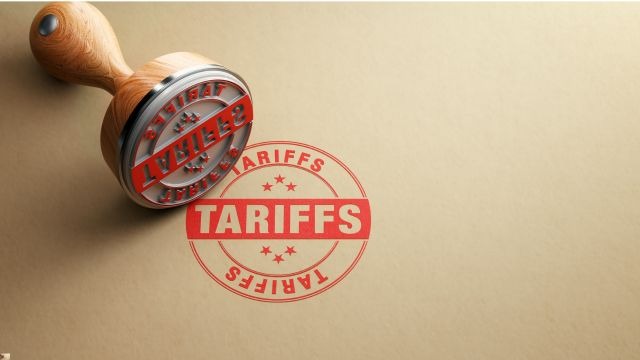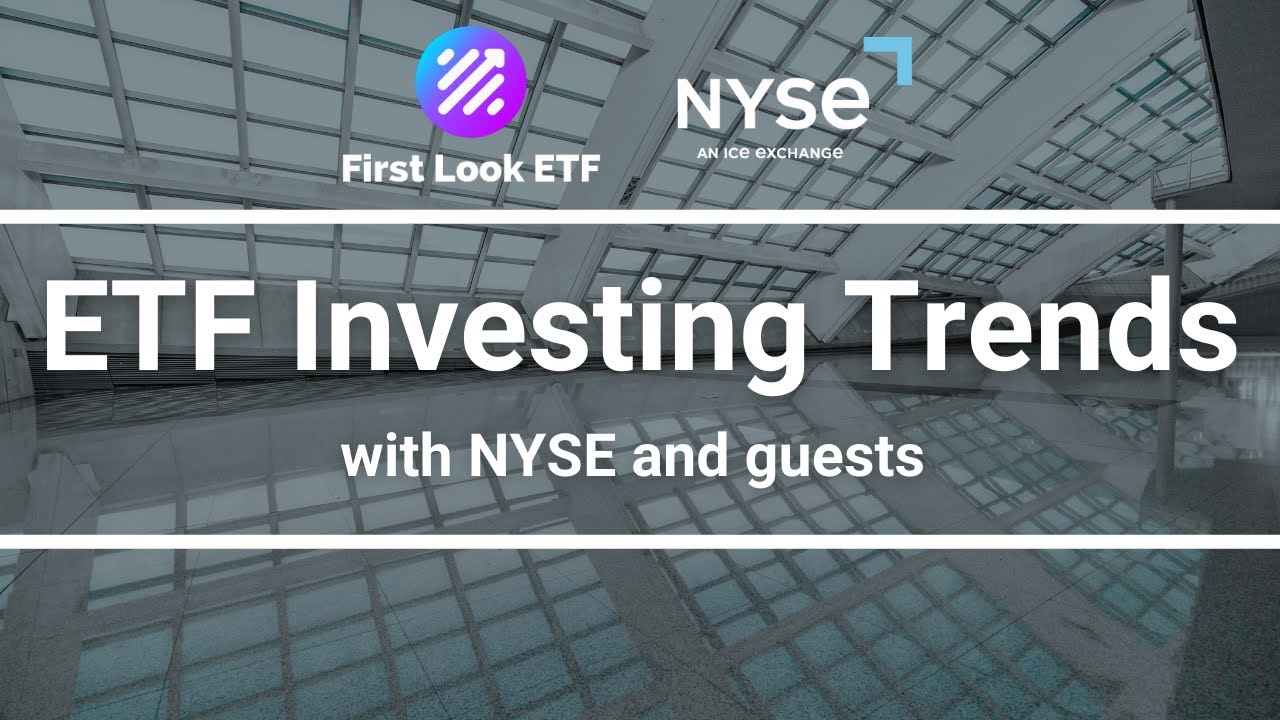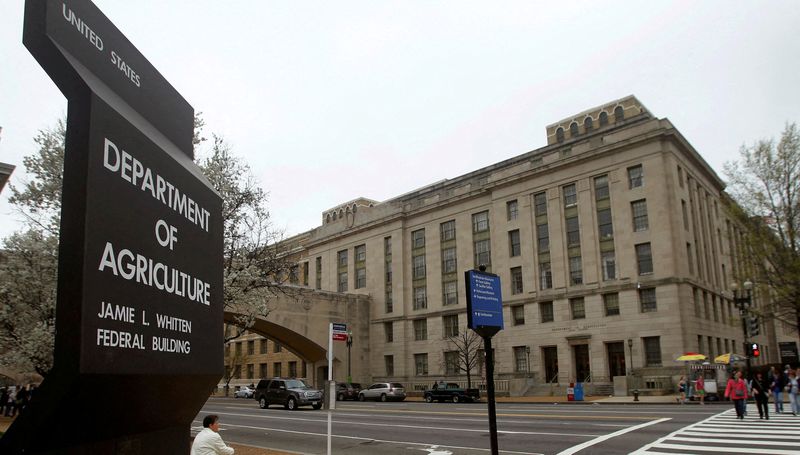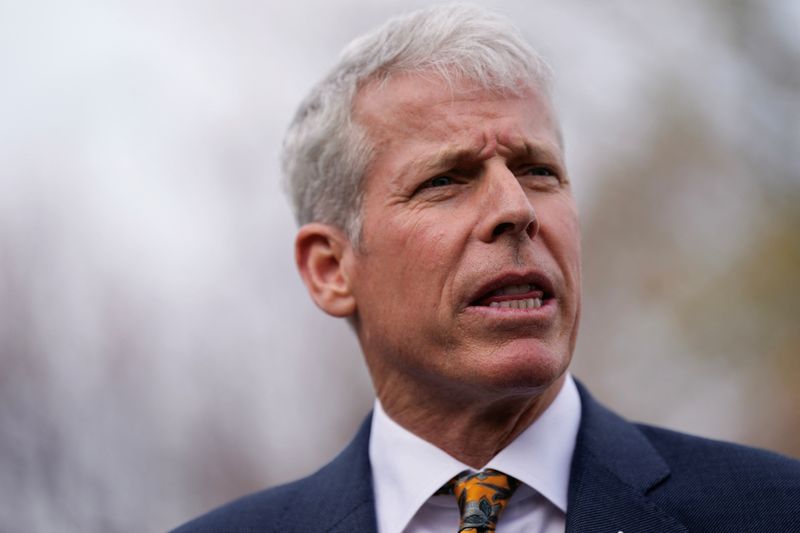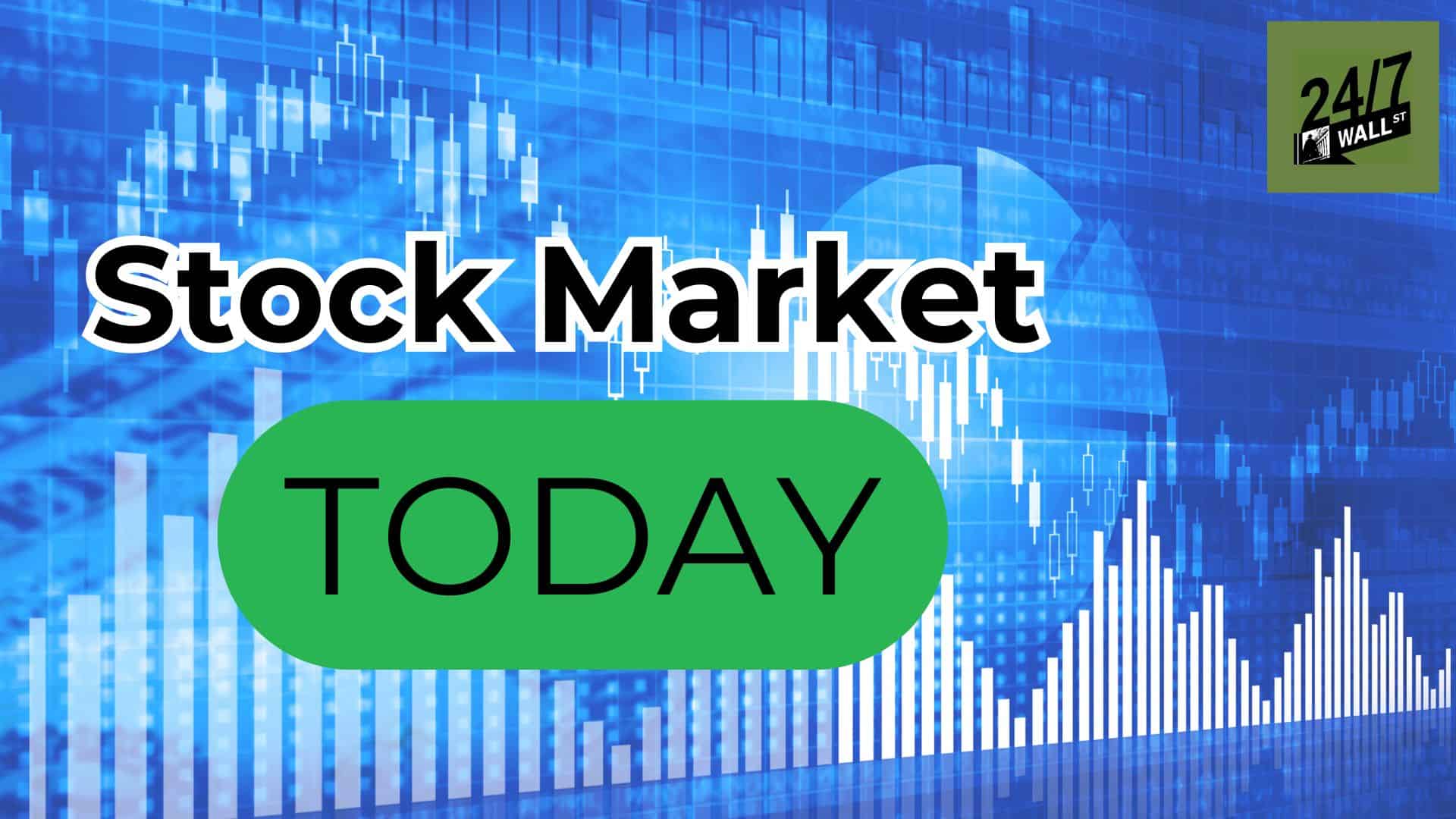This Could Be the Safest ETF for 2025
After a turbulent first quarter to the year, many investors got the memo that stocks don’t only go up. A taste of volatility reminded people that it’s important to consider downside risks, and this begs the question of which exchange traded fund (ETF) can offer the best protection during these uncertain times. As it turns […] The post This Could Be the Safest ETF for 2025 appeared first on 24/7 Wall St..
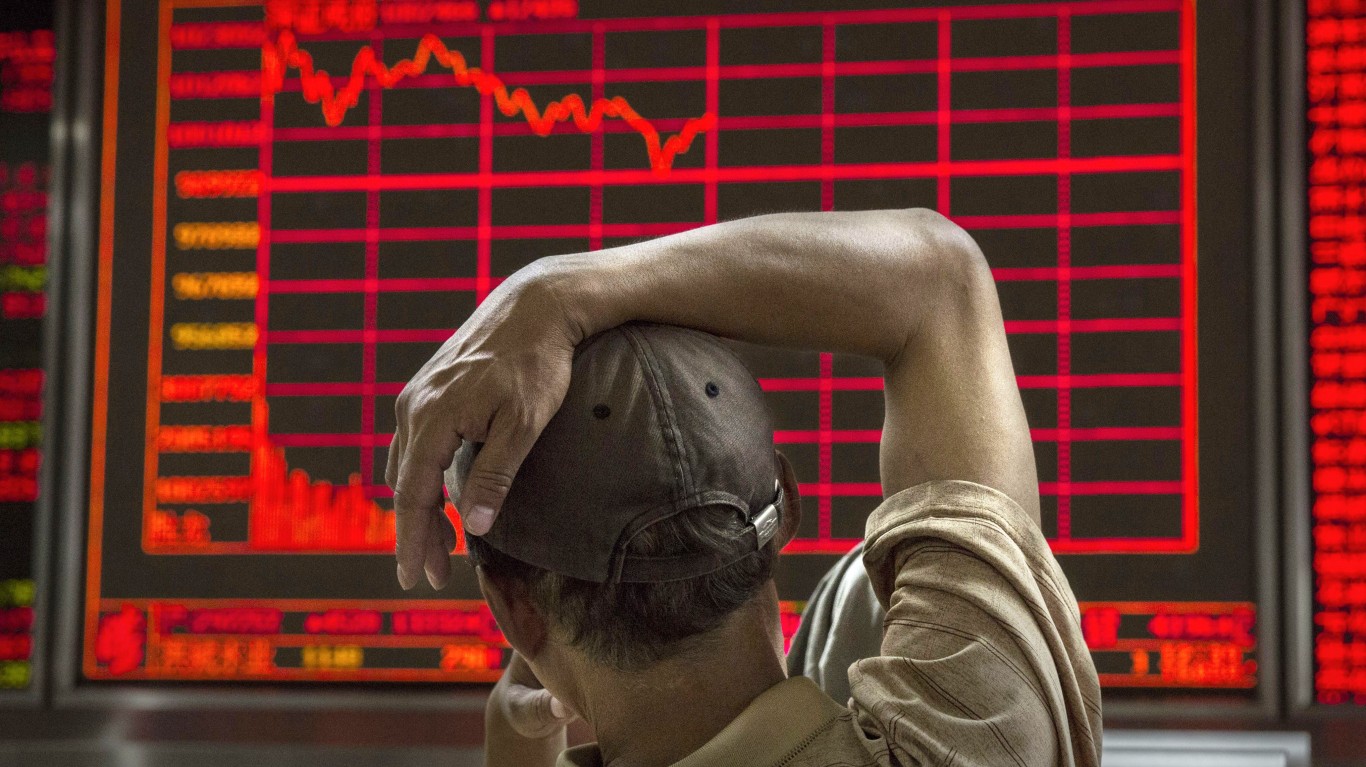
Key Points
-
The Invesco S&P 500 Low Volatility ETF mitigates drawdowns with a balanced, diversified portfolio mix.
-
The SPLV ETF provides a decent dividend with a reasonable annual management fee.
-
Are you ahead, or behind on retirement? SmartAsset’s free tool can match you with a financial advisor in minutes to help you answer that today. Each advisor has been carefully vetted, and must act in your best interests. If you’ve saved and built a substantial nest egg for you and your family; get started by clicking here here.(Sponsor)
After a turbulent first quarter to the year, many investors got the memo that stocks don’t only go up. A taste of volatility reminded people that it’s important to consider downside risks, and this begs the question of which exchange traded fund (ETF) can offer the best protection during these uncertain times.
As it turns out, there’s a solution for safety seekers in 2025. Indeed, the Invesco S&P 500 Low Volatility ETF (NYSEARCA:SPLV) has multiple features that could soften the blow when fear strikes the financial markets.
Good Yield at a Good Price
Starting off with the basics, the Invesco S&P 500 Low Volatility ETF invests at least 90% of its total assets in the S&P 500 Low Volatility Index. This index is comprised of the 100 stocks from the S&P 500 Index with the lowest realized volatility (i.e., historical volatility) during the past 12 months.
One safety feature that some investors might overlook is the SPLV ETF’s low expense ratio, which is the fund’s annual management fee. This fund’s expense ratio is 0.25% of the share price per year, and while this isn’t a rock-bottom fee, it’s still fairly reasonable for a managed fund.
This could be considered a safety feature because high fees would erode an investor’s portfolio value over time. Therefore, it’s a key benefit that the Invesco S&P 500 Low Volatility ETF allows you to keep more of your money, comparatively speaking.
Next, the SPLV ETF provides a safety feature with its dividends. After all, cash dividend payments can lessen the impact of a share-price drawdown.
Based on the past 12 months, the annualized dividend yield of the Invesco S&P 500 Low Volatility ETF is 1.69%. Remember, those quarterly dividend distributions can really enhance your returns over time if you consistently reinvest them.
What’s in the SPLV ETF?
Perhaps the most significant safety feature of the Invesco S&P 500 Low Volatility ETF is its portfolio composition. First of all, there’s a broadly diversified mix of stocks between the financials sector (20.5% of the fund’s holdings), utilities (17.12%), industrials (16.65%), consumer staples (13.42%), and more.
In contrast, the S&P 500 is market capitalization weighted and leans somewhat heavily toward technology stocks. Consequently, the S&P 500 can quickly rise or fall based on one tech stock, such as NVIDIA (NASDAQ:NVDA) or Apple (NASDAQ:AAPL).
The Invesco S&P 500 Low Volatility ETF isn’t overly dependent on technology stocks, and instead focuses on low-volatility market sectors like utilities and consumer staples. Yet, that’s not the only safety feature of the fund’s composition.
Unlike the S&P 500, you won’t see a stock taking up 5% or more of the SPLV ETF’s weighting. Rather, you’ll find that the Invesco S&P 500 Low Volatility ETF avoids imbalance with relatively small positions of less than 2% in each stock.
Furthermore, you’ll observe that the SPLV ETF generally sticks to less risky businesses within the S&P 500. Examples, along with their weightings in the fund, include Coca Cola (NYSE:KO) (1.32% of the fund), Consolidated Edison (NYSE:ED) (1.15%), Visa (NYSE:V) (1.01%), and Waste Management (NYSE:WM).
Solid Companies Provide Solid Performance
Certainly, it will be easier to sleep at night if you’re invested in rock-solid businesses like Coca Cola and Visa. Even during the most challenging economic conditions, you probably won’t need to worry about these gigantic, dividend-paying corporations going out of business.
Now, we’re getting a clearer picture of why the Invesco S&P 500 Low Volatility ETF could be the safest fund for 2025. The fund’s holdings aren’t lopsided and they focus on huge, famous companies that have withstood rocky financial conditions in the past.
The result has typically been a smoother ride than if you had just held the S&P 500. Thus, while the five-year monthly beta of the S&P 500 is 1, the five-year monthly beta of the Invesco S&P 500 Low Volatility ETF is 0.61; this implies that the SPLV ETF’s price has tended to move only 61% as fast as the S&P 500.
At the same time, the Invesco S&P 500 Low Volatility ETF has been low-beta while still providing decent returns. Over the past five years, the SPLV ETF share price has risen approximately 67.5%.
Plus, that figure doesn’t factor in the dividend payouts that you could have received as a long-term investor in the Invesco S&P 500 Low Volatility ETF. But then, the total returns don’t tell the full story of the SPLV ETF.
Truly, the full story is told when turbulence strikes and your investments are put to the test. When that happens, you’ll be glad that you chose a comparatively safe fund such as the Invesco S&P 500 Low Volatility ETF.
The post This Could Be the Safest ETF for 2025 appeared first on 24/7 Wall St..

























